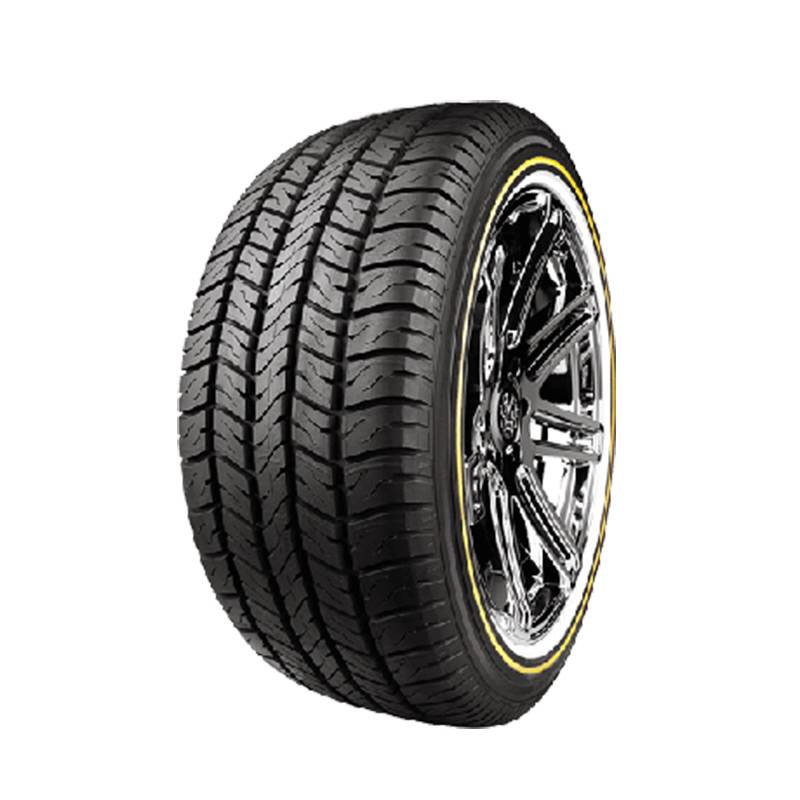Nov . 10, 2024 19:13 Back to list
Durable Wire Options for Various Construction and Industrial Applications
The Versatility of Galvanized Steel Wire An In-Depth Look
Galvanized steel wire has become an essential material in various industries, revered for its durability, strength, and resistance to corrosion. The production process of this wire involves the application of a protective zinc coating to steel wire, which significantly enhances its longevity and performance. This article delves into the characteristics, applications, and benefits of galvanized steel wire, illustrating its vital role in modern construction and manufacturing.
Understanding Galvanization
Galvanization is a process that involves coating steel with zinc through either hot-dip galvanization or electro-galvanization. Hot-dip galvanization is the most common method, where steel is submerged in molten zinc. This results in a strong, multi-layer coating that provides superior protection against rust and corrosion. On the other hand, electro-galvanization uses an electric current to deposit zinc onto the steel surface, resulting in a thinner coating compared to hot-dip methods.
This protective layer is crucial, especially in environments where moisture and corrosive elements are prevalent. The longevity of galvanized steel wire can often be extended to several decades, which makes it a cost-effective choice for many applications.
Applications of Galvanized Steel Wire
Galvanized steel wire finds extensive use across various sectors. In the construction industry, it is commonly employed as reinforcement in concrete, wire fencing, and barbed wire. Its high tensile strength makes it an ideal choice for securing fences, enhancing perimeter security, and controlling livestock. In agricultural applications, galvanized wire is used for animal enclosures, trellises for climbing plants, and netting for crops, ensuring resilience against harsh weather conditions.
galvanized steel wire

Moreover, galvanized steel wire is prevalent in the manufacturing of industrial products such as wire ropes, which are utilized in lifting and rigging applications. Its strength and durability make it suitable for transporting heavy loads safely. In addition, the wire is also used in crafting various items, from garden decorations to household utensils, highlighting its versatility beyond industrial uses.
Benefits of Galvanized Steel Wire
The benefits of using galvanized steel wire extend well beyond its corrosion-resistant qualities. Firstly, its strength-to-weight ratio is impressive, providing exceptional performance without adding significant bulk. This characteristic is particularly beneficial in applications where space and weight are critical factors.
Secondly, the ease of installation is another noteworthy advantage. Galvanized wire is lightweight and flexible, making it easy to handle and install in various settings. This usability reduces labor costs and time, providing an efficient solution for contractors and builders.
Furthermore, the aesthetic appeal of galvanized steel wire cannot be overlooked. The shiny, metallic finish is visually appealing, allowing it to be used in decorative applications without compromising functionality. This combination of form and function makes it a preferred choice in both practical and artistic contexts.
Conclusion
In conclusion, galvanized steel wire stands out as a remarkable material with a multitude of applications stemming from its protective zinc coating. Its durability, strength, and resistance to corrosion make it indispensable in the construction, agriculture, and manufacturing industries. With ongoing advancements in galvanization techniques, the future of galvanized steel wire appears promising, poised to meet the evolving needs of various sectors. As we continue to appreciate the qualities of this versatile material, it is clear that galvanized steel wire will remain a fundamental component in our daily lives and industries for years to come.
-
High-Quality Steel Grating Solutions for Industrial Applications | Durable, Safety, Customization
NewsJul.13,2025
-
Advanced Solutions-CompanyX|Enterprise Efficiency&Cost Reduction
NewsJul.13,2025
-
Sustainable Manufacturing-EcoTech Innovations|Waste-to-Energy System&Zero Emissions
NewsJul.13,2025
-
Welded Wire Mesh- Buildings Wiremesh Co., Ltd.|Durable Construction Material&Industrial Strength Solution
NewsJul.13,2025
-
Smart Production Solutions-Example Corp|AI Automation&IoT Monitoring
NewsJul.13,2025
-
Advanced Industrial Solutions-Advanced Industrial Solutions|Manufacturing Efficiency&Productivity
NewsJul.13,2025

